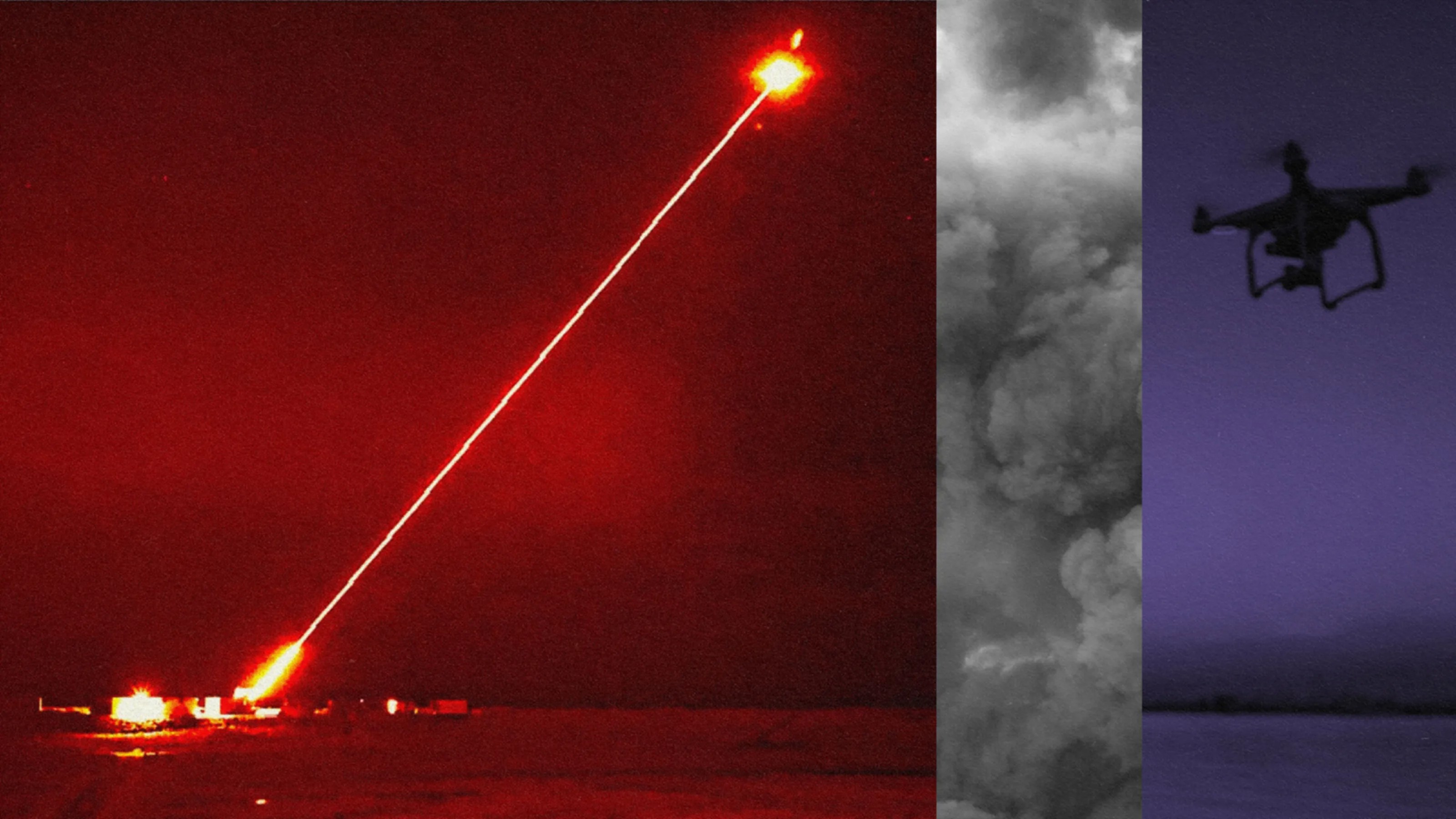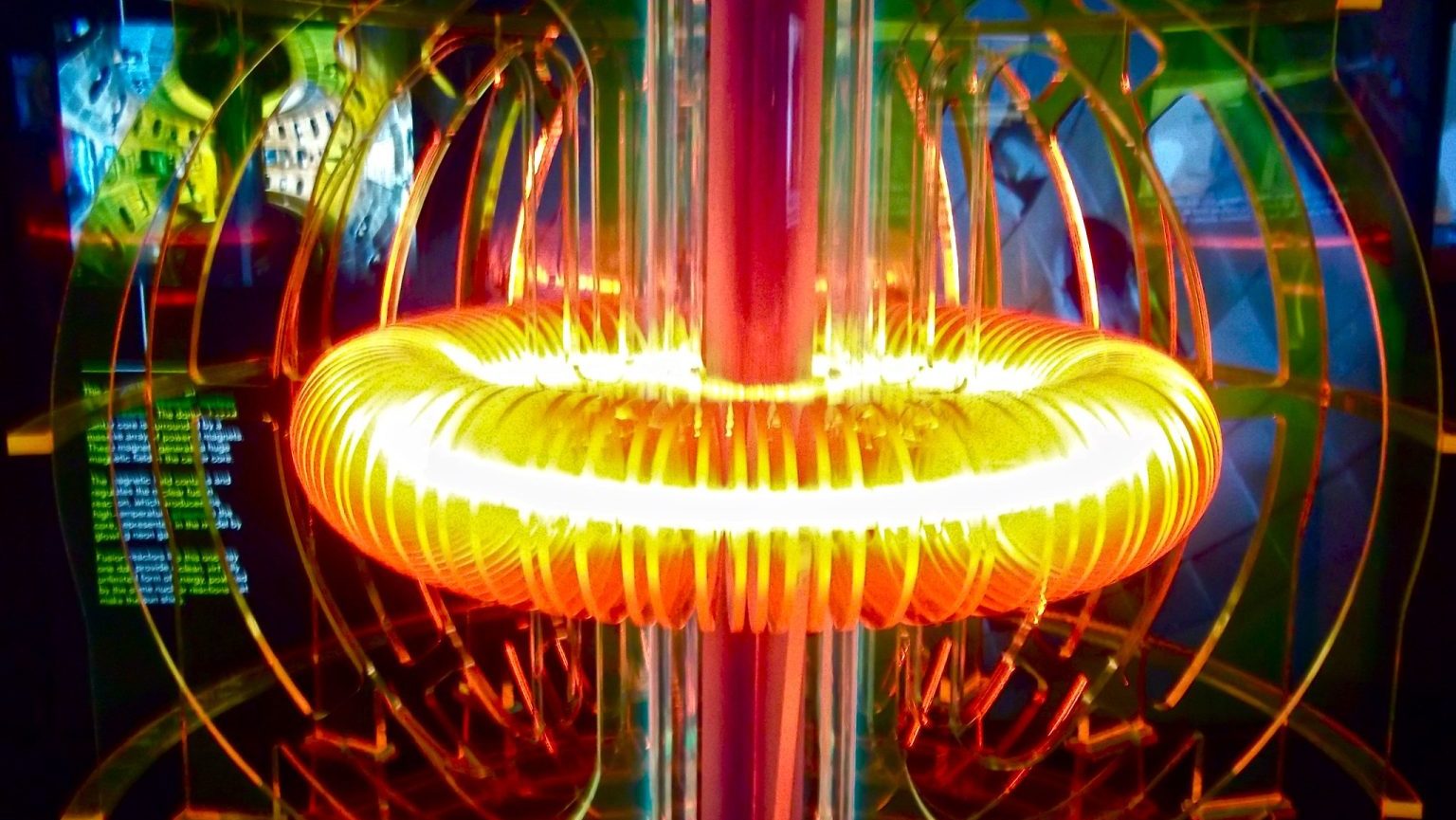What NIF’s fusion energy breakthrough really means

Credit: Waranont (Joe) via Unsplash
- The National Ignition Facility (NIF) has successfully produced 25 times more fusion energy than its previous best record.
- This is an important development for fusion power technology.
- However, it is just one small step toward fusion becoming a viable electricity source. We are still a long way away.
The National Ignition Facility (NIF) was built for two missions: performing research in support of the Stockpile Stewardship Program for nuclear weapons is the foremost duty, but the sign over the door does not say “National Stockpile Research Facility.” NIF is named after its other task: to further our quest to understand and harness energy from nuclear fusion. A recent breakthrough in this fusion mission has made headlines across the world.
The amazing power of fusion
Fusing atomic nuclei to convert mass into energy (E=mc2) is easy enough for the sun. Every second, thermonuclear burn in its core converts about ten billion pounds of mass into energy, creating 1026 watts of power. A million trillion human power plants would struggle to match that.
Reproducing a minute fraction of this abundance in a controlled laboratory environment has proven too great a challenge for science. While nuclear fission (the splitting of atoms) has been tamed and wielded as an energy source for decades, nuclear fusion in a laboratory has always operated at a net loss — that is, it requires more energy to be put in than it can create.
Several schemes have been implemented attempting to crack the problem. NIF’s approach is “inertial confinement fusion” (ICF). To force two atomic nuclei to fuse together, their mutual electrical repulsion must be overcome. ICF implodes a capsule of fusion fuel, squeezing the fuel atoms to pressures of billions of atmospheres and temperatures of millions of degrees. NIF uses an enormous laser to drive this implosion to create conditions found inside the hearts of stars. (And as 13.8 columnist Adam Frank correctly pointed out, giant lasers are really cool.)
One of two critical parts of NIF’s fusion mission is “ignition“: release of a quantity of fusion energy greater than the laser energy required to drive the implosion. After the failure of the National Ignition Campaign, many scientists believed that ignition at NIF was impossible. That goal remains just beyond our grasp, but it is now far closer than before. The bigger news is that we may have seen the first sign of the other important fusion goal: thermonuclear burn.
One small step for Lawrence Livermore
This month, NIF announced (in advance of peer review) an experiment that released 1.3 million Joules (MJ) of fusion energy, 25 times more than their best previous result, published in 2018. 1.3 MJ is more than half of the laser drive energy of 1.9 MJ, nearing ignition. The more exciting news may be the meaning of 25 times more fusion energy. A 2500 percent increase feels like something new is happening.
Researchers hope that the new thing occurring is a process called (thermonuclear) burn. If the fusion reaction does not reach burn, then it puts out energy for only a brief moment and then fizzles; it does not become self-sustaining. Once the thermonuclear reaction begins to burn, like a blazing fire, it will propagate through all available fuel under its own runaway power until that fuel is exhausted.
This is a simplified picture. Much like a stove fire needs proper oxygen, wood density, wood moisture, and heat conditions to stay lit, thermonuclear burn also requires certain conditions. While burn can consume fuel indefinitely, that fuel has to remain at extreme temperature and pressure, so the window for burn is limited. Within nanoseconds, the imploded fuel capsule is torn apart and those conditions are lost. Still, reaching burn brings the possibility for fusing much more fuel, reaping far greater energy.
So, when will we have fusion power?
Let’s put this result into context. How much longer will it be before we can begin to power society with fusion? Transitioning inertial confinement fusion from NIF, a research facility, to a commercial power plant faces great obstacles.
The laser drive energy delivered to the capsule (1.9 MJ) is only a fraction of the total energy required to create a single ICF implosion shot. Every step of energy conversion — from the (imaginary) NIF electrical plug to the laser beam — adds energy losses. This includes the world’s most energetic capacitor banks to store up the juice for the shot blast; the world’s 7860 largest commercial laser-pumping flash lamps; and other “world’s largest” systems. A lot more fusion energy (than 1.3 MJ) will be required to break even against the entire facility’s energy consumption. And a commercial power station would have to do much better than breaking even.
Electrical plants that liberate energy in the form of heat must transfer it to a working fluid to turn a turbine that powers an electrical generator. A system that absorbs fusion energy and uses it to heat steam will need to be developed. Currently, the pellet is suspended in the middle of a 30-foot diameter vacuum chamber.
A working power plant must also deliver its power continuously, or at least consistently. Each NIF pellet blast produces a sizeable amount of energy. Then, the machine sits cold for the rest of the day. If all the energy from the record 1.3 MJ experiment could be captured and sent to the grid continuously over a period of 24 hours, it would provide 15 watts of steady power — insufficient to power a light bulb.
Suppose, hypothetically, that clever researchers figure out how to extract 1000 times more energy from each pellet. The number of pellets that must be blasted each day in a commercial plant would still be tens of thousands.
It is important to celebrate hard-won progress on a tremendously challenging problem. Decades of work, including entire scientific careers, have been poured into ICF research. With this result, NIF may be on the precipice of producing net fusion energy gain in a laboratory for the first time in history. But we are still an incredibly long way from viable commercial fusion power.





